This image is one of the first images taken by the Mars Odyssey spacecraft. It was taken on November 2, 2001. The black and white image show the surface of Mars and the rainbow image shows the temperatures at the surface of Mars. The bright blue part seen in the middle of the rainbow image is the south pole of Mars - it is really, really cold there!
Click on image for full size
NASA/Jet Propulsion Laboratory/Arizona State University
Mars Odyssey
The Mars Odyssey was launched April 7, 2001. After a six-month journey, the Odyssey arrived at
Mars on October 24, 2001.
The instruments onboard the Mars Odyssey will study the minerals on the surface of Mars and look at the water that is frozen in the surface of Mars. Another instrument will look at
the radiation around Mars. This would be important information to know if humans were to colonize Mars. Would you want to live on Mars?
You might also be interested in:

Minerals are the building blocks of rocks. There are many different types of minerals. All of them are solid and all are made of atoms of elements. Minerals can grow even though they are not alive. Most
...more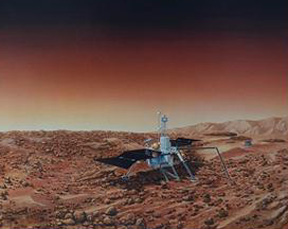
A panel of scientists studied the problems that NASA is having. It found that the Mars program needs to be changed. Here are some of the problems they found. There isn't enough money. The Polar Lander
...more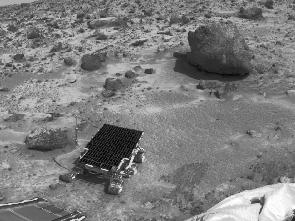
When Mars Observer blew up, the Mars Surveyor Program was born. The Surveyor Program was suppose to consist of 8 spacecraft. The spacecraft were named: Mars Pathfinder, Mars Global Surveyor, Mars '98,
...more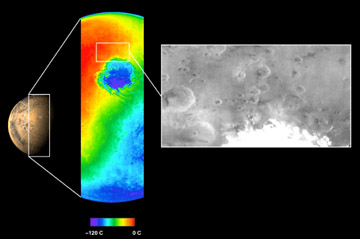
The Mars Odyssey was launched April 7, 2001. After a six-month journey, the Odyssey arrived at Mars on October 24, 2001. The instruments onboard the Mars Odyssey will study the minerals on the surface
...more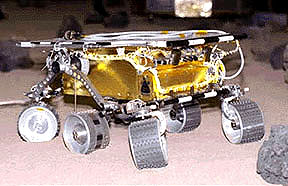
The Mars 2005 mission is still in the planning stages. It is set to launch in the year 2005.
...more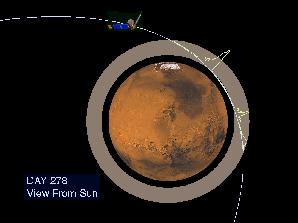
Aerobraking slowed the Mars Global Surveyor down when it reached Mars. Aerobraking also helped MGS to get into the right orbit for mapping the surface of Mars. Aerobraking means that the MGS flew through
...more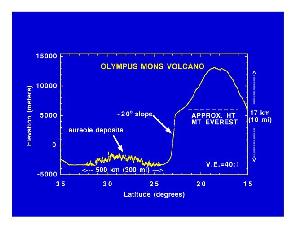
Mars Global Surveyor carries an instrument which measures the heights of things. This instrument is called an altimeter, or "altitude-meter". The graph to the left shows the results returned from Mars
...more














